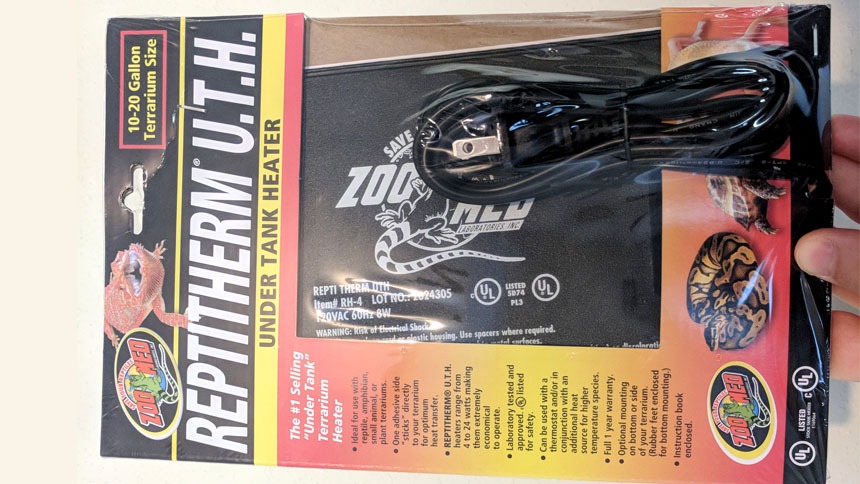
5 Best Heating Pads for Reptiles & Amphibians
Heating is one of the most important parts of caring for reptiles and amphibians. Heat mats/pads, also known as “Under Tank Heaters,” are great for providing a slight heat boost to your pet’s enclosure.
One of the great things about heat mats is the number of options available on the market. There are many brands and sizes. This buyer’s guide contains 5 of the best heating mats available; all of which have high ratings.
If you happen to buy one of the heaters listed below, you won’t be disappointed. Regardless, there are slight differences and I’m here to guide you in making the right decision for your setup.
| Image | Description |
|---|---|
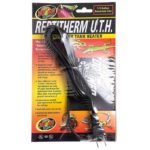 | Zoo Med Repti Therm An all-around great product by a trusted brand. My personal favorite. |
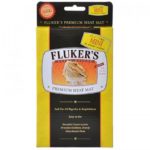 | Fluker’s Heat Mat Another trusted brand. This heating mat has the most options for sizes. |
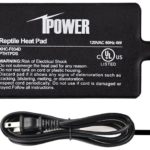 | iPower UTH A new contender for reptile & amphibian heating. |
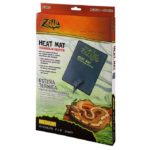 | Zilla Heat Mat One of the most trusted brands on the list. Comes in four different sizes. |
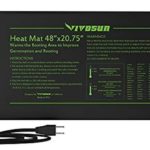 | Vivosun Heat Mat Meant for warming seed containers for planting – great non-sticking heating pad. |
Page Contents
How To Choose A Heating Mat
When it comes to choosing the right heating mat for your setup, there are a few factors to consider; that’s what I’ll cover in this section. The goal here is to help you determine the size of the heating element. The wattage is important too but that typically corresponds with the size of the pad.
- The size is important because it affects the amount of heat and whether or not you’ll have enough space to use it. For small tanks, naturally, you’ll want to go with a smaller heater. Select a size that’s fitting with the enclosure. Whether you’re placing the heater on the side or bottom of the tank, be sure it will fit!
- The wattage affects how hot the pad gets. Generally speaking, the larger the pad is, the hotter it gets. That’s not always the case, though. What’s important here is that the heating pad is warming the cage. Likewise, it’s important that it doesn’t overheat either. A quality thermostat will keep it from overheating.
- The price is another factor to consider. As always, you should put the needs of your pet first; get them what they need, then worry about finding the cheapest option. This is a fairly simple section because the price of these under-tank heaters is similar. Most of them fall in the $20 – $40 range (depending on the size and wattage). One of them even included a thermostat for just over $40.
With these three things in mind, let’s take a look at the top 5 best heating mats for your amphibian or reptile terrarium.
Heating Pads Reviewed
As I mentioned in the opening paragraphs, there are plenty of options when it comes to heating mats for reptiles and amphibians. They’re incredibly reliable and come highly recommended.
Zoo Med ReptiTherm UTH
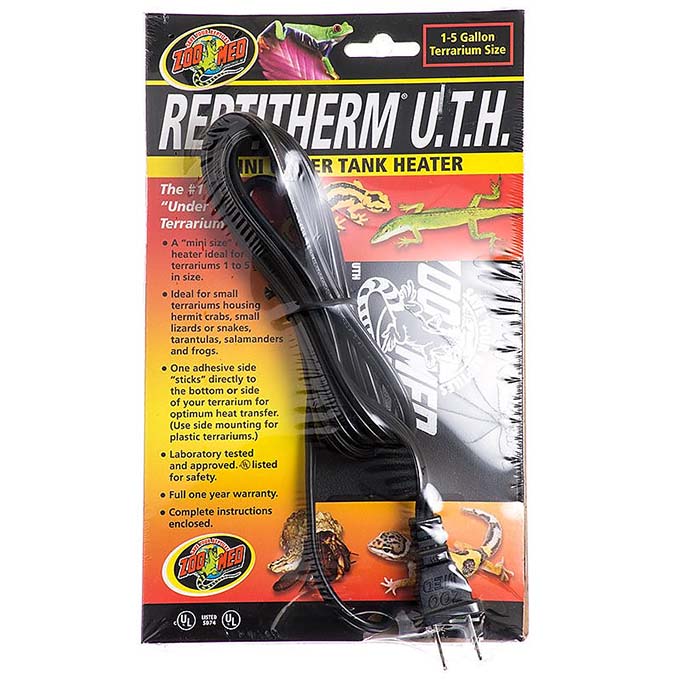
Brand: Zoo Med
Type: ReptiTherm UTH
The Repti Therm from Zoo Med is a classic when it comes to heating your pet’s terrarium. These are the heating mats you’ll find at all the popular pet stores. Zoo Med is trusted by many herpetologists and it’s likely the first product most reptile keepers will suggest.
Zoo Med manufactures a large assortment of pet care items. Heaters, lamps, lights, terrariums, decorations, and much more; all of which are of high quality. If you’ve had a frog or reptile for any time at all, you’ve likely owned at least one of
What I like about the Repti Therm heater is that they’re efficient and don’t cost much to run. It is a low-profile heating device that sticks directly to your pet’s tank; you won’t even see it when it’s installed on the bottom.
This particular brand comes in several sizes, ranging from small to medium to large. Depending on the amount of heat you need, there is likely an option for you.
Fluker’s Premium Heat Mat
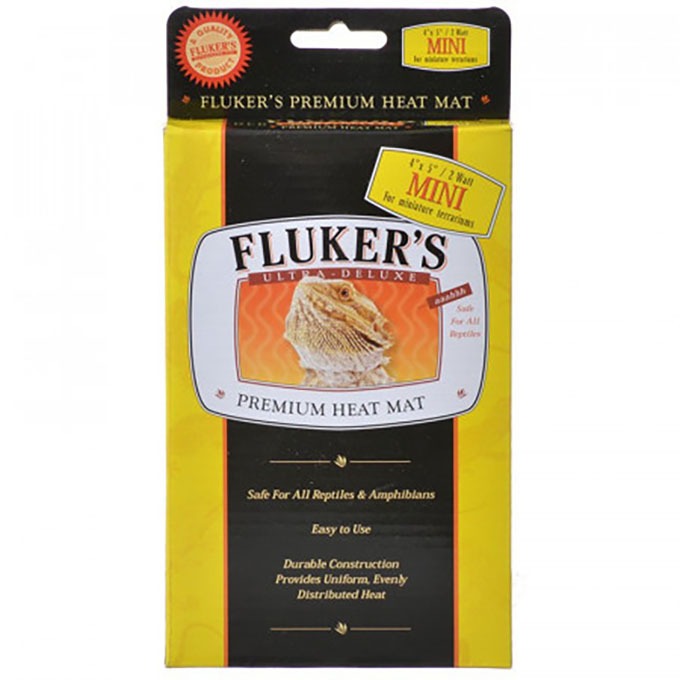
Brand: Fluker’s
Type: Premium Heat Mat
This is another brand with a great reputation in the reptile and amphibian industry. Fluker’s has been around for quite some time now. They, like Zoo Med and Zilla, have a long list of quality products.
The only time I’ve been disappointed with Fluker’s is when I ordered a box of 250 crickets online but that’s beside the point.
Fluker’s products are top-notch; this heating mat is no exception. It comes as highly recommended as the Zoo Med product or more. Both heaters are great products but many people seem to rate this device a little higher than the Repti Therm.
iPower Reptile Heat Pad
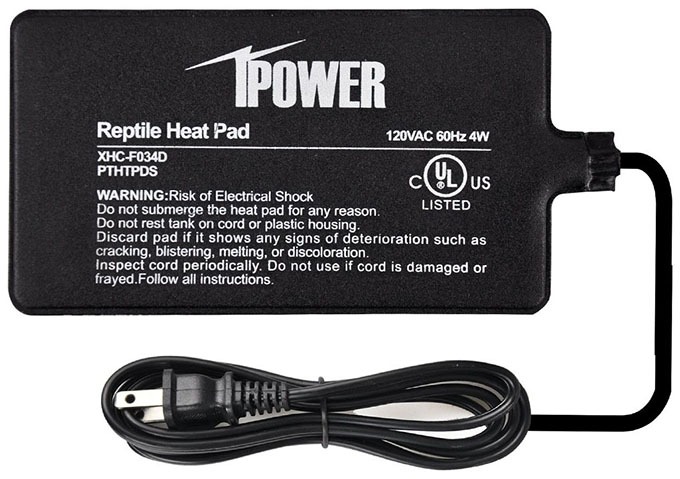
Brand: iPower
Type: Reptile Head Pad
This heating pad is one I’m excited about. The iPower brand is a tech company with a selection of various devices. They’ve recently ventured into the reptile and amphibian world by way of this heating element.
The reason I’m excited about this product is that it’s great to see more competition in the reptile industry. More competition means better products and lower prices for us and our pets.
What I like about this product can also be a downside. What is it? Well, it comes with a built-in thermostat. A thermostat is great because it will shut off the heater when the temperature gets too high.
iPower makes more than one version of this heating pad. One is seed germination and one is for reptiles. You’ll want to go with the one for reptiles because it has a sticky back. The iPower UTH (Under Tank Heater) is a great option if need the heater and thermostat.
Zilla Heat Mat
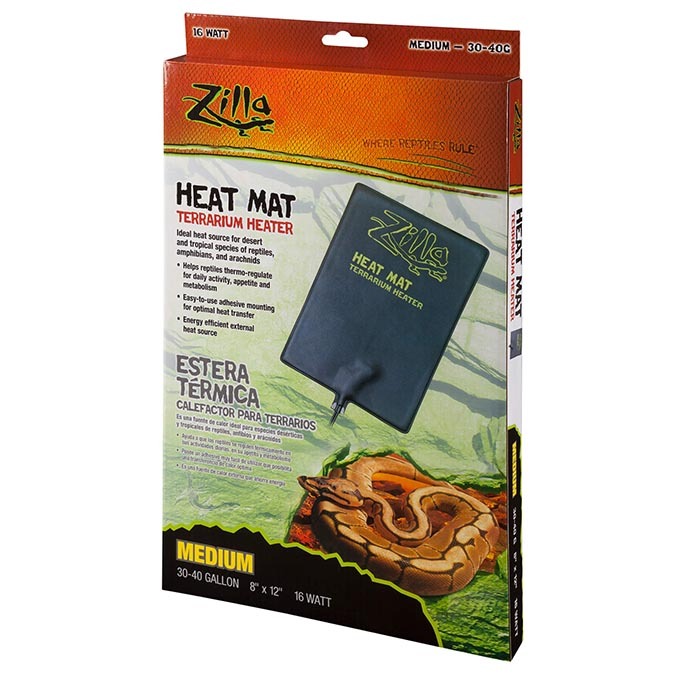
Brand: Zilla
Type: Heat Mat
The heat mat from Zilla is on par with the rest of the products on this page. They offer a variety of different sizes and wattages for whatever you need. The brand Zilla makes heat pads, of course, as well as terrariums, lights, domes, decorations, and other related devices. Most of their products come highly rated; they’re dependable and easy to use.
What I like about Zilla’s heat mat is true for the rest of the devices on this page; they’re simple and effective.
Vivosun Heat Mat
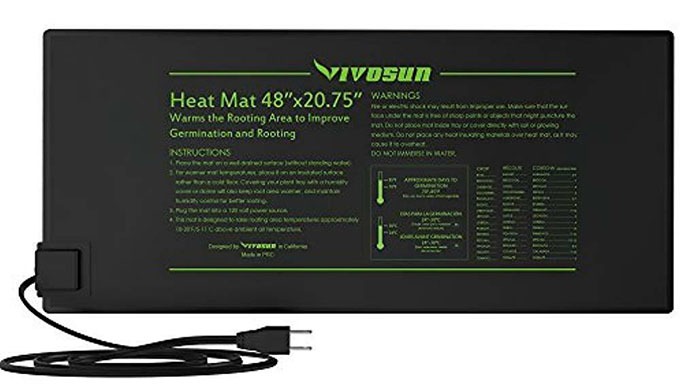
Brand: Vivosun
Type: Heat Mat
The last heating pad I’m suggesting is made by
The reason I’m adding it to our list is that it performs the same job but doesn’t stick to the glass. I only recommend one of these if you’re placing the heater under your terrarium.
This heating pad is actually made for warming soil in the process of growing plants. People place these heaters under planters to keep the soil at the correct temperature for the seeds to grow. I’ve never tried these for a terrarium so proceed at your discretion.
The neat thing about these mats is that you can roll them up and move them as you see fit. They don’t have an adhesive to stick to the glass. Unfortunately, that’s their greatest weakness when it comes to using them for a terrarium.
Laying them under a terrarium, especially something like an Exo Terra will leave a small gap between the heater and the bottom of the tank. This will surely result in a loss of heat. How much loss? I’m not sure.
How to Install a Heating Mat
Installing an under-tank heater is pretty straightforward; peel off the cover of the sticky adhesive and press the heating pad against the glass. Having done this before, I’ve got a few tips to help you get the most out of your placement.
Positioning: Bottom or side?
First and foremost, you need to decide where to place the heating pad. For most, it will be stuck to the bottom of your reptile or amphibian’s terrarium. That’s not always the case, though. Some species, like burrowing frogs, do better with the heating mat stuck to the side of their enclosure. Do some research on your pet to determine the best placement.
Clean the surface & perform a test run
By this point, you should know exactly where you want to place the heating mat. The adhesive is very sticky so it’s best for the longevity of the heater if you stick it on your tank and leave it there. The less you move it the better. Before you remove the cover to the sticky side, perform a test run. Ensure the heating mat will fit nicely.
Another tip I have is to make sure you’ve got a good angle to place the heating mat. For example, if the mat is going on the bottom, flip your tank over so you have room to work.
Finally, scrape off anything stuck on the glass of the terrarium. Get some alcohol swabs or glass cleaner and clean the surface until it’s clean. Use a towel to make sure the surface is completely dry before sticking the heating pad to the glass.
Stick the Heating Pad
Once you’ve performed a test run and cleaned the surface of the glass, it’s time to place the heater. This step needs little guidance; simply peel off the cover to the sticky side and gently place the mat in the correct position. Once stuck, firmly press against all corners of the heating pad to ensure it’s stuck to the glass. All done! well, almost…
Control the Temperature with a Thermostat
Heating mats don’t require a thermostat to run. Having said that, it’s a good idea to use a thermostat to protect the enclosure from overheating. A thermostat will turn off the heating pad in the event that the enclosure becomes too hot.
This is great because it allows you to heat your frog or lizard’s terrarium to the precise temperature you need. It’s also comforting knowing the thermostat will shut down the heater if it malfunctions.
There are a few quality thermostats available nowadays. I recently created an in-depth review of the best thermostats for reptile & amphibian habitats. It’s a worthwhile read.
FAQs about Under-Tank Heaters
This section is meant to answer some of the frequently asked questions regarding heating pads for reptiles and amphibians.
Heating pads are designed to go on the outside of the enclosure, on the bottom. Hence the name “Under-Tank Heaters” or UTH. Your reptile/amphibian should never have direct contact with the heating element. Also, some hobbyists opt for sticking their UTH to the side of the enclosure.
It depends. In general, no, heat pads are not as effective as heat lamps at warming the temperature inside an enclosure. However, certain habitat setups require an under-tank heater for ground warmth as opposed to raising the ambient temperature.
Yes, always use a thermostat with a heating pad.
When used properly, they pose little threat. Regardless, hobbyists should take precautions by properly installing the heat pad, reading the safety manual, and using a thermostat.
You should feel a heat mat warming within a few minutes. It may take 15 to 30 minutes to completely heat up.
Conclusion
It’s important to provide an adequate temperature for your reptile or amphibian. Under-tank heaters are great for accomplishing this task. They’re relatively safe, especially when paired with a thermometer, and they are low-profile; you won’t see them when placed on the bottom of the tank.
As for which heating mat is the best? It’s hard to say. Zoo Med’s Repti Therm is a long-time favorite of mine but you certainly can’t go wrong with any of the products on this page. All of them are highly rated and highly suggested.
Just be sure to get the correct size, take your time installing it, and check back often within the first few days to ensure everything is working properly!

4 Comments
Hi
Thanks for all the information is great. When you use a heat pad, do you also need a basking light or would that be too much heat? And can you put red eyed and green tree frogs in same tank?
Hi
Thanks for all the information is great. When you use a heat pad, do you also need a basking light or would that be too much heat?
Great information. This is our first reptile. Thankyou
Hey, no problem! Glad I could help.